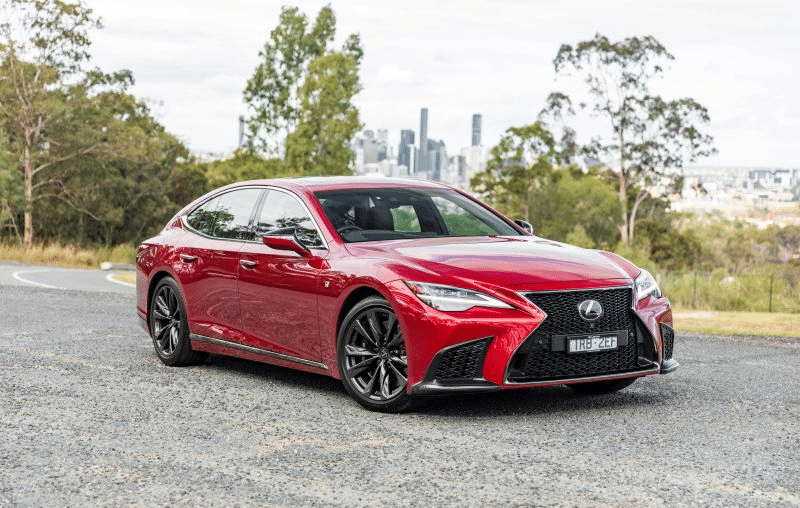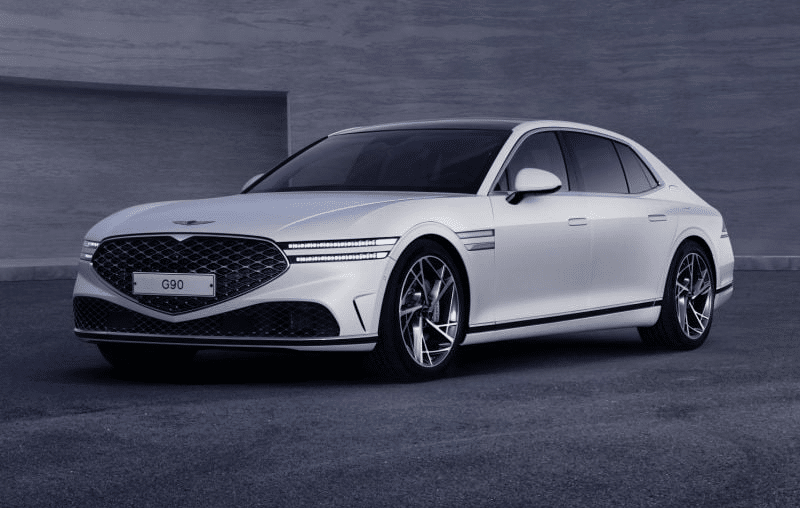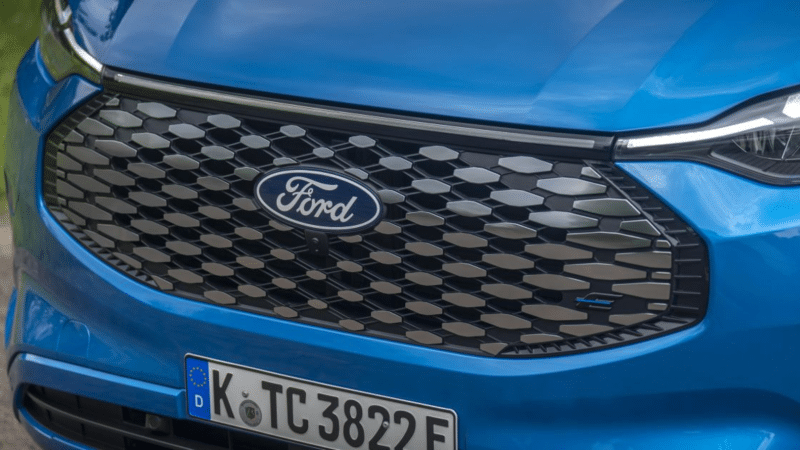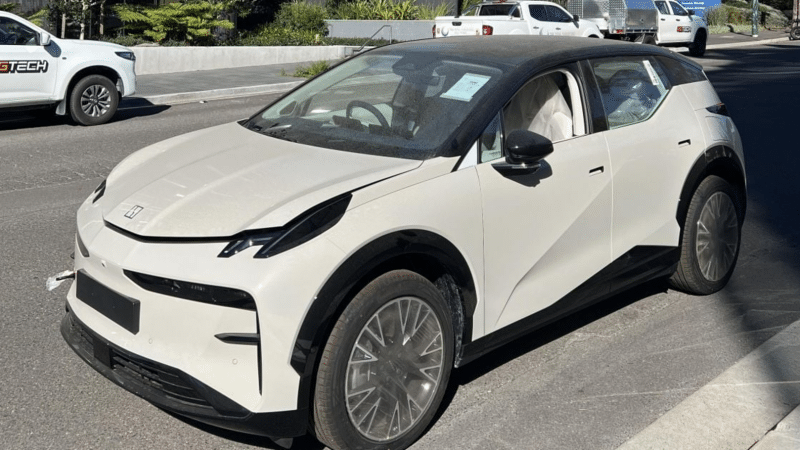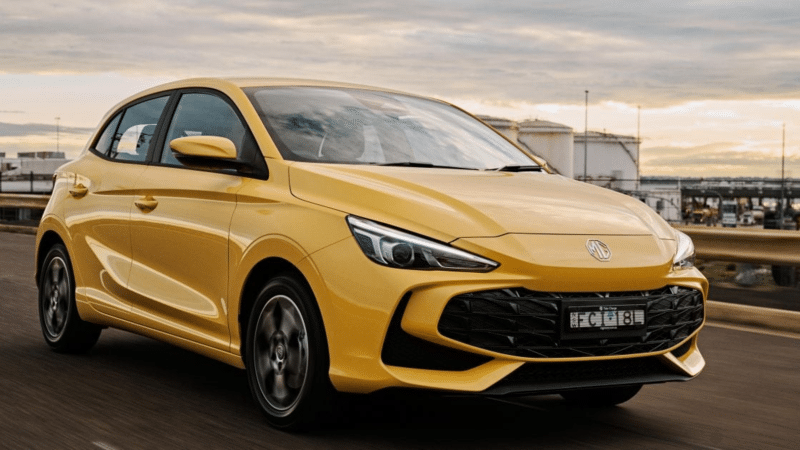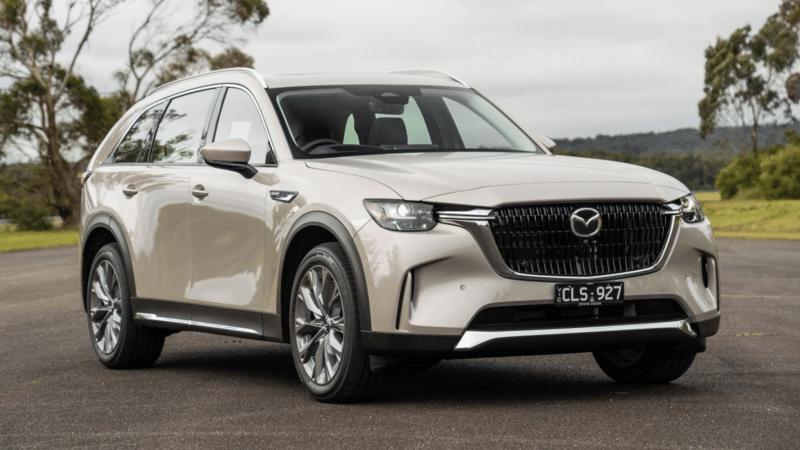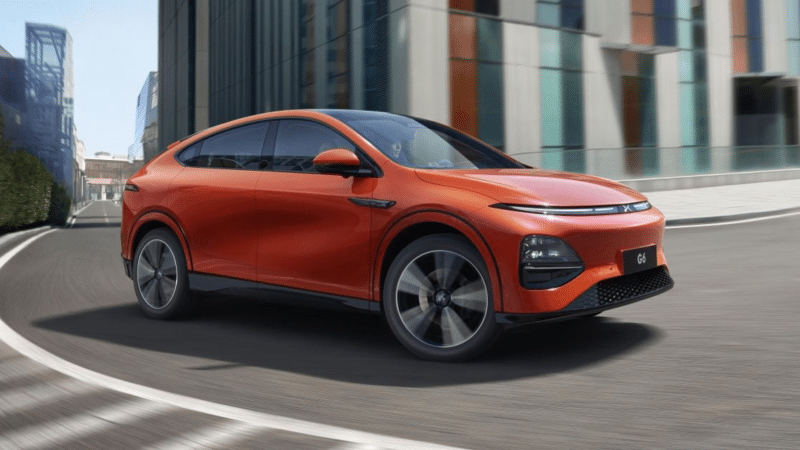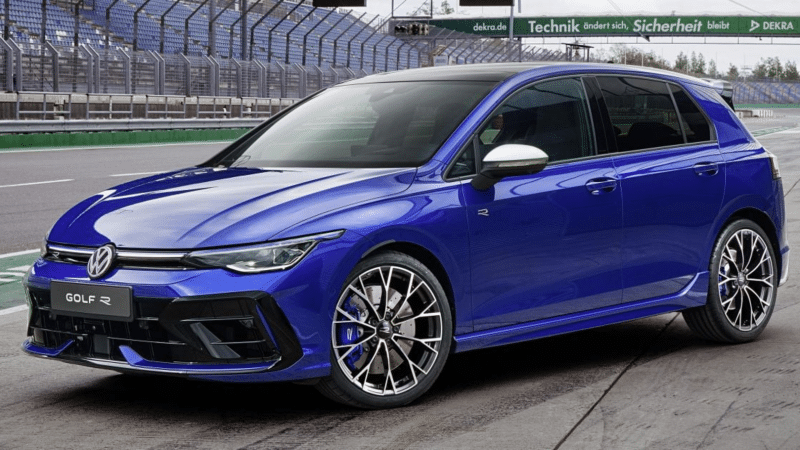US Safety Body Gives Poor Ratings to Most Semi-Autonomous Driving Systems
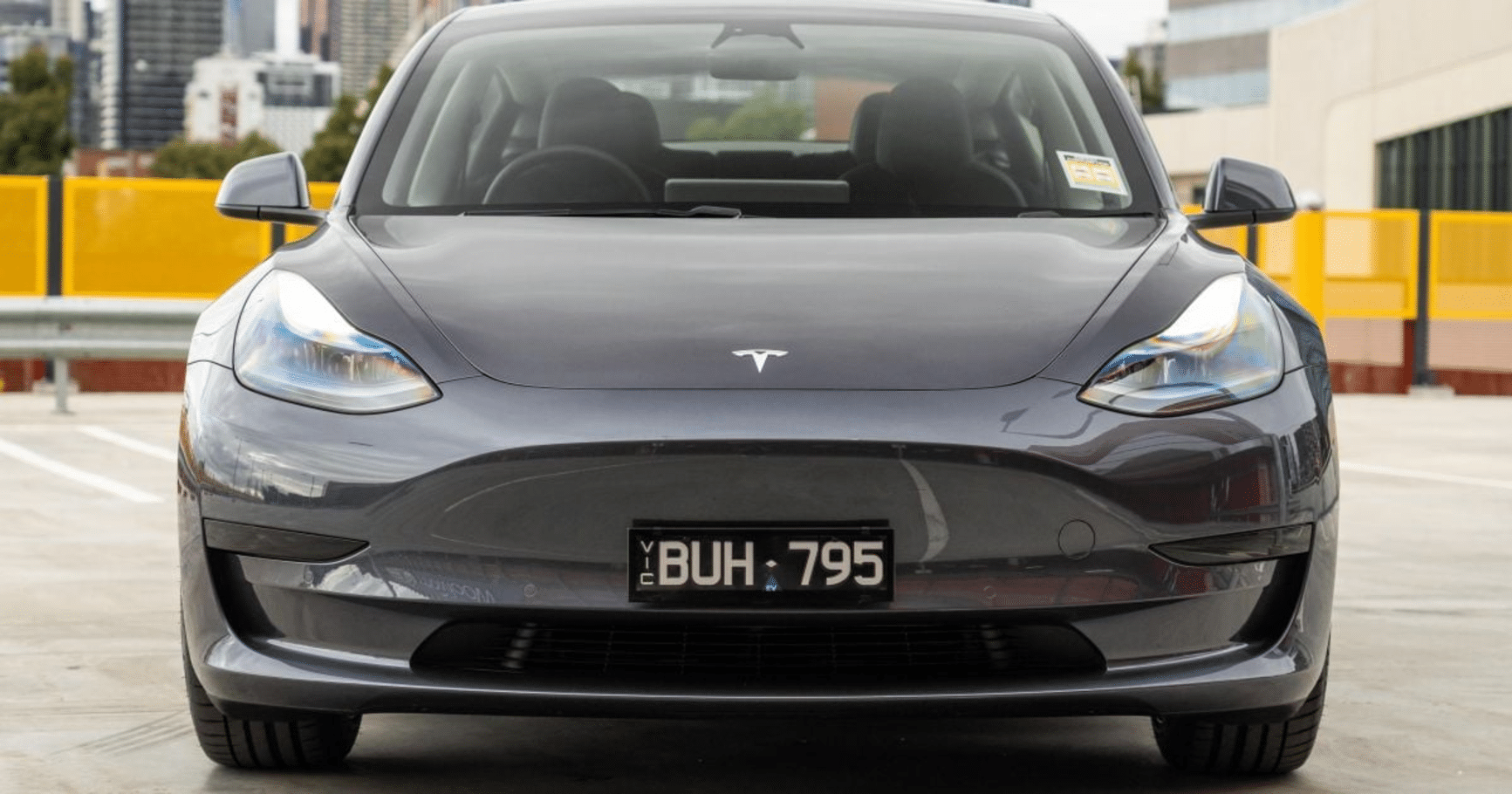
US Safety Body Gives Poor Ratings to Most Semi-Autonomous Driving Systems
Can semi-autonomous driving systems truly deliver on safety and performance?
A recent test conducted by the Insurance Institute for Highway Safety (IIHS) in the US has revealed that the majority of partially autonomous driving systems from various car manufacturers received ‘poor’ ratings. Only a few systems were deemed acceptable or marginal, while the rest fell short in terms of performance and safety. Let’s take a closer look at the results of the test.
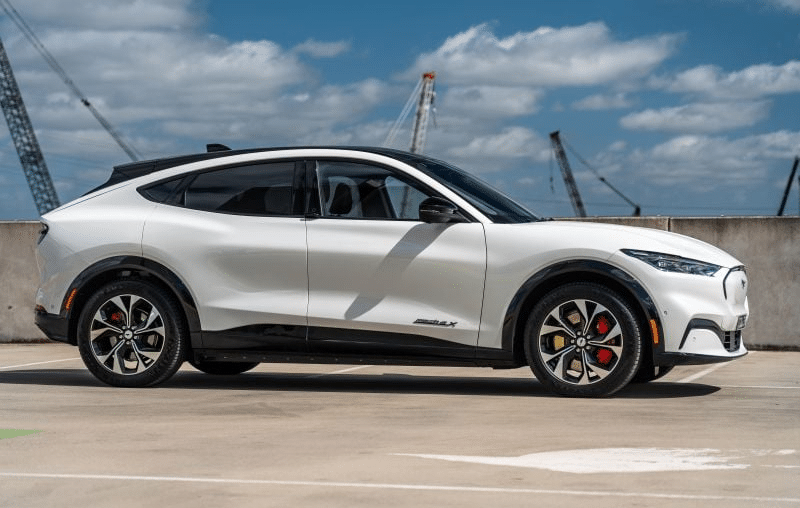
The IIHS, an American organization funded by insurers that conduct crash tests, recently tested 14 semi-autonomous driving systems from various car manufacturers. These systems include features that allow the vehicle to control acceleration, braking, and steering, providing assistance to the driver. However, most of these systems received poor ratings in terms of their performance and safety.
The Lexus LS’ Teammate system was the only one to receive an acceptable rating, indicating that it performed reasonably well in the tests conducted by the IIHS. On the other hand, the GMC Sierra’s Super Cruise and the Nissan Ariya’s ProPILOT Assist with Navi-link were rated as marginal, falling slightly short of the acceptable standard.
The remaining 11 systems, including those from Ford, BMW, Tesla, and Volvo, received poor ratings from the IIHS. It’s worth noting that some of these systems, such as Tesla’s Full Self-Driving Beta and GM’s Super Cruise, are not yet available in Australia.
The IIHS introduced these new ratings to encourage the safe and responsible use of semi-autonomous driving systems. The aim is to reduce intentional misuse and driver inattention, as well as discourage systems that promote risky behavior, such as driving with autonomous emergency braking turned off.
Among the systems tested, Tesla’s systems received the most poor scores across categories, indicating areas where improvements are needed. On the other hand, Genesis’ systems performed relatively better, receiving more good scores compared to Tesla.
One of the main findings of the test was that some systems did not adequately monitor whether the driver was paying attention or alert them forcefully enough. The IIHS tested the vehicles by blocking the driver monitoring camera’s lens or obscuring the driver’s face. They also assessed how the systems responded when the driver’s hands were not on the wheel or were occupied with a mobile phone-shaped block.
None of the 14 systems met all the requirements set by the IIHS. However, Ford’s two systems came close to meeting the standards and were praised for their timely and persistent attention reminders. Nissan’s systems and Tesla’s Full Self-Driving also performed relatively well in this regard.
Only GM’s Super Cruise and Tesla’s Full Self-Driving are capable of making lane changes without driver input. Furthermore, these two systems switch off lane centring when the driver provides any manual steering inputs.
It is important to note that partial automation does not necessarily make driving safer, as highlighted by high-profile crashes involving these systems. However, the IIHS believes that improvements can be made to enhance the safety and performance of these systems through simple software updates.
While the IIHS conducts these tests in the US, locally, the safety authority ANCAP in Australia evaluates safety features such as autonomous emergency braking and lane-keep assist. However, the availability of a driver attention monitoring system is currently based on information supplied by the car manufacturers and not tested by the authority.
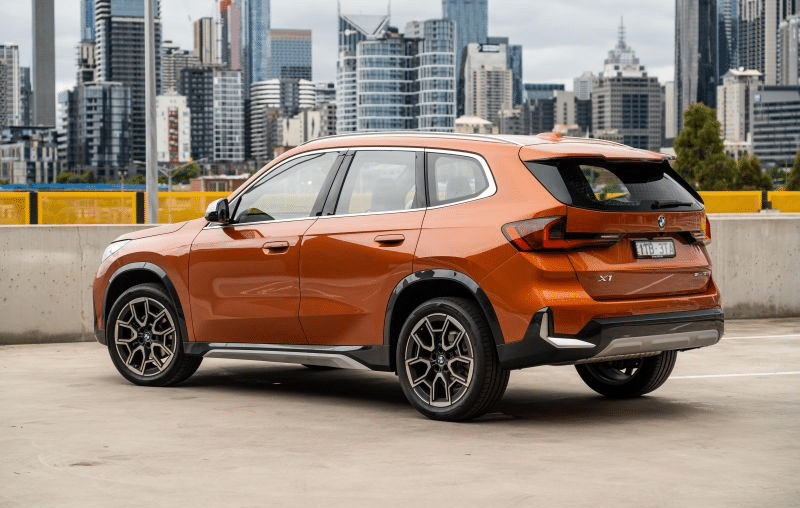
- The IIHS tested 14 semi-autonomous driving systems and only one received an ‘acceptable’ rating.
- The GMC Sierra’s Super Cruise and the Nissan Ariya’s ProPILOT Assist with Navi-link were rated as ‘marginal’.
- Eleven other systems, including those from Ford, BMW, Tesla, and Volvo, received ‘poor’ ratings.
- Tesla’s Full Self-Driving Beta and GM’s Super Cruise are not currently available in Australia.
- The IIHS introduced the new ratings to encourage safer usage of these systems and discourage risky behavior.
- Tesla’s systems received the most ‘poor’ scores across categories, while Genesis’ systems had more ‘good’ scores.
- The test found that some systems failed to adequately monitor driver attention.
- Ford’s systems were praised for their attention reminders, along with Nissan’s and Tesla’s Full Self-Driving.
- No system performed well in all categories, but improvements can be made through software updates.
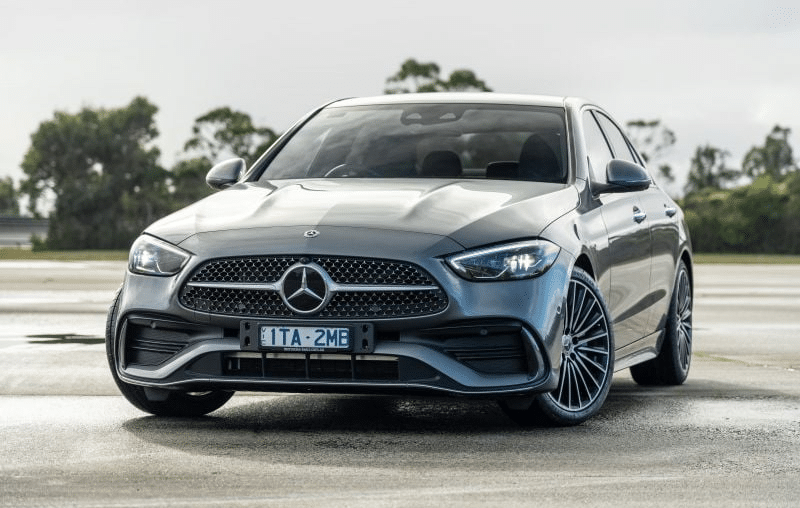
The recent test by the IIHS reveals that there is still room for improvement when it comes to semi-autonomous driving systems. Most systems received poor ratings, highlighting areas of concern regarding performance and safety. However, there were a few systems that performed relatively better. With ongoing advancements in technology and software updates, it is possible to enhance the safety features of these systems and encourage responsible usage. Ultimately, the aim is to make our roads safer for everyone.
